
Targeted attacks are the most dangerous among the multitude of modern cyber threats. They are also known as ATP (an abbreviation which stands for Advanced Persistent Threat). Those are not viruses that can accidentally get into the computer due to user's carelessness. Neither it is an attempt to replace the address of a popular site in order to cheat billing information from credulous users. Targeted cyber attacks are prepared and thought out carefully and pose a particular threat.



 This article contains a brief squeeze from my own experience and that of my colleagues, with whom I had been fighting incidents day and night. And many incidents would never have occurred if all these microservices that we love so much were written at least a little more carefully.
This article contains a brief squeeze from my own experience and that of my colleagues, with whom I had been fighting incidents day and night. And many incidents would never have occurred if all these microservices that we love so much were written at least a little more carefully.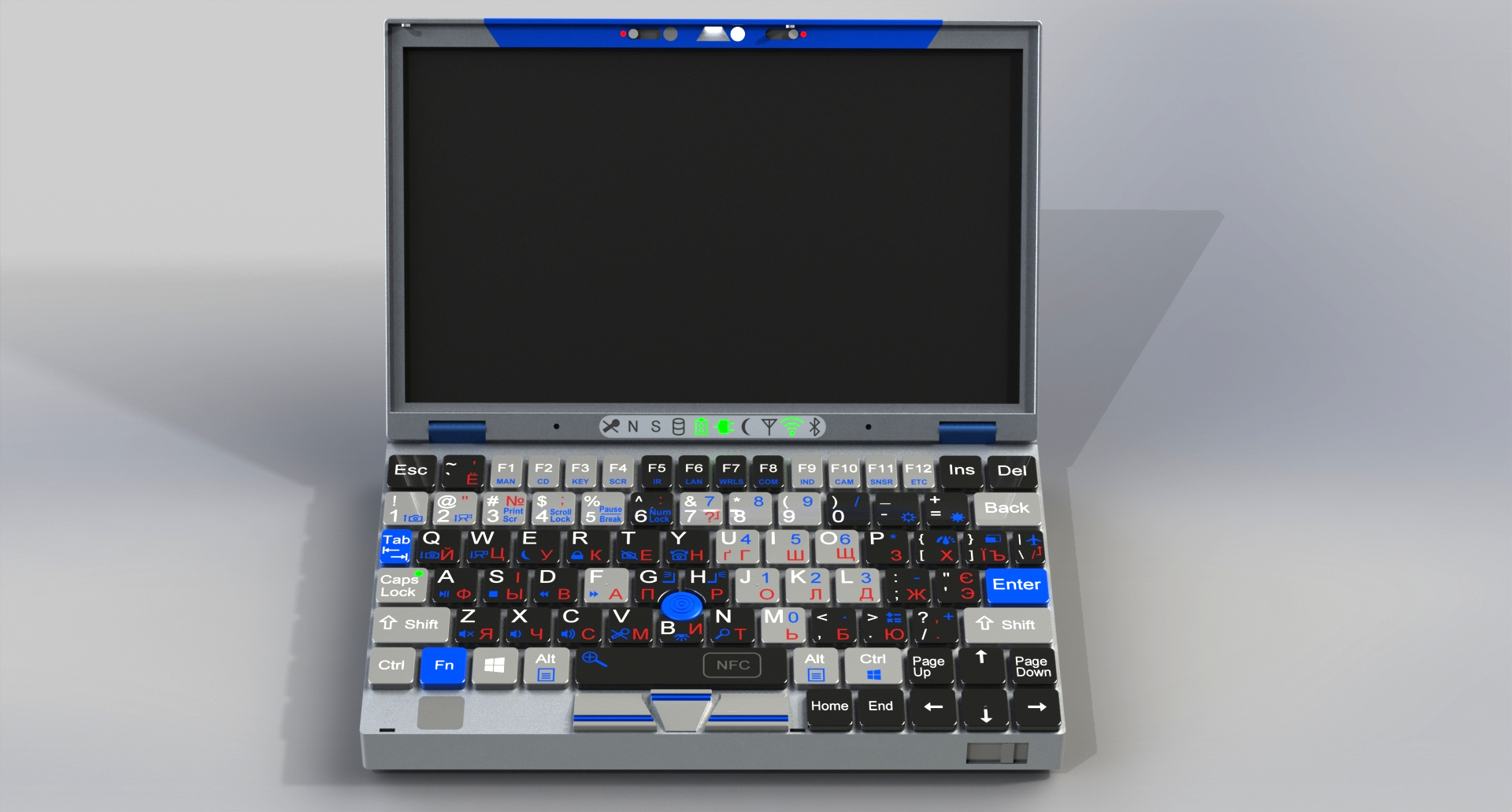
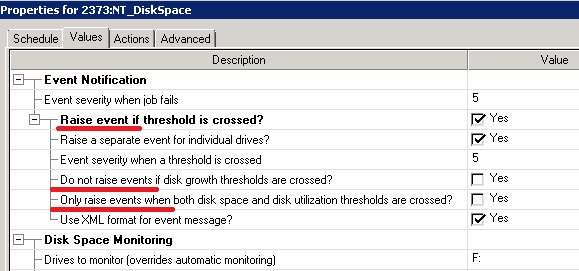

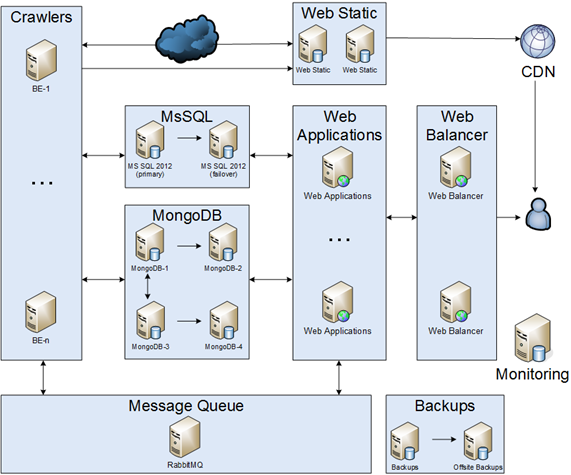
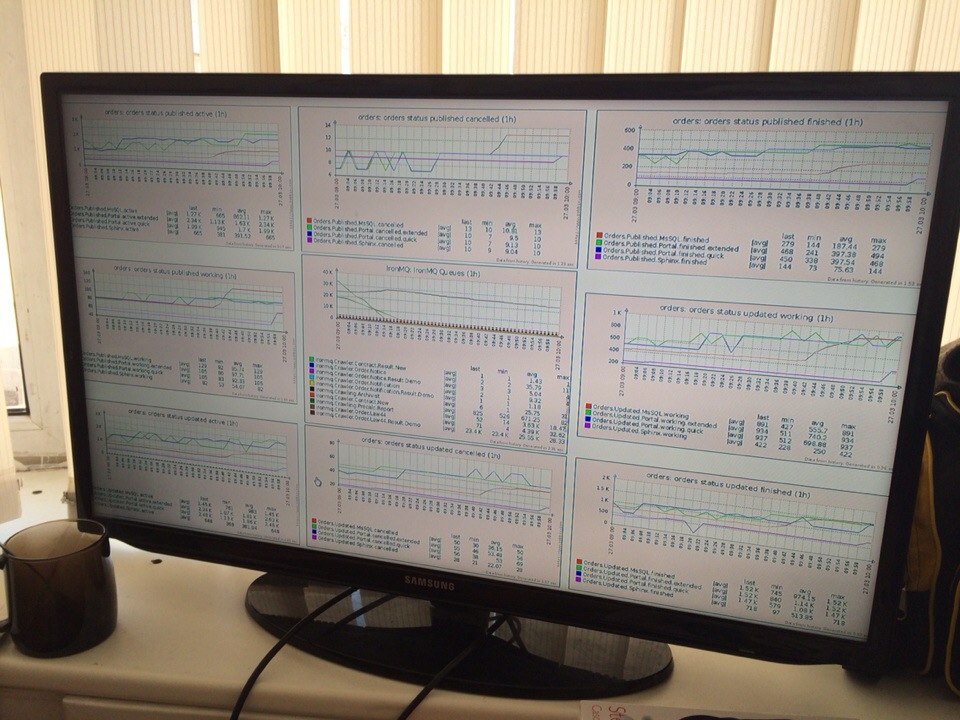

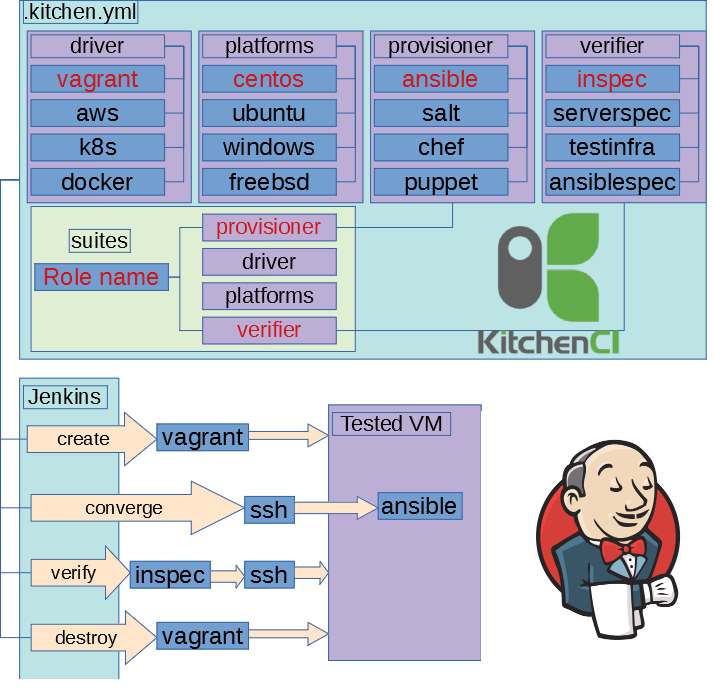
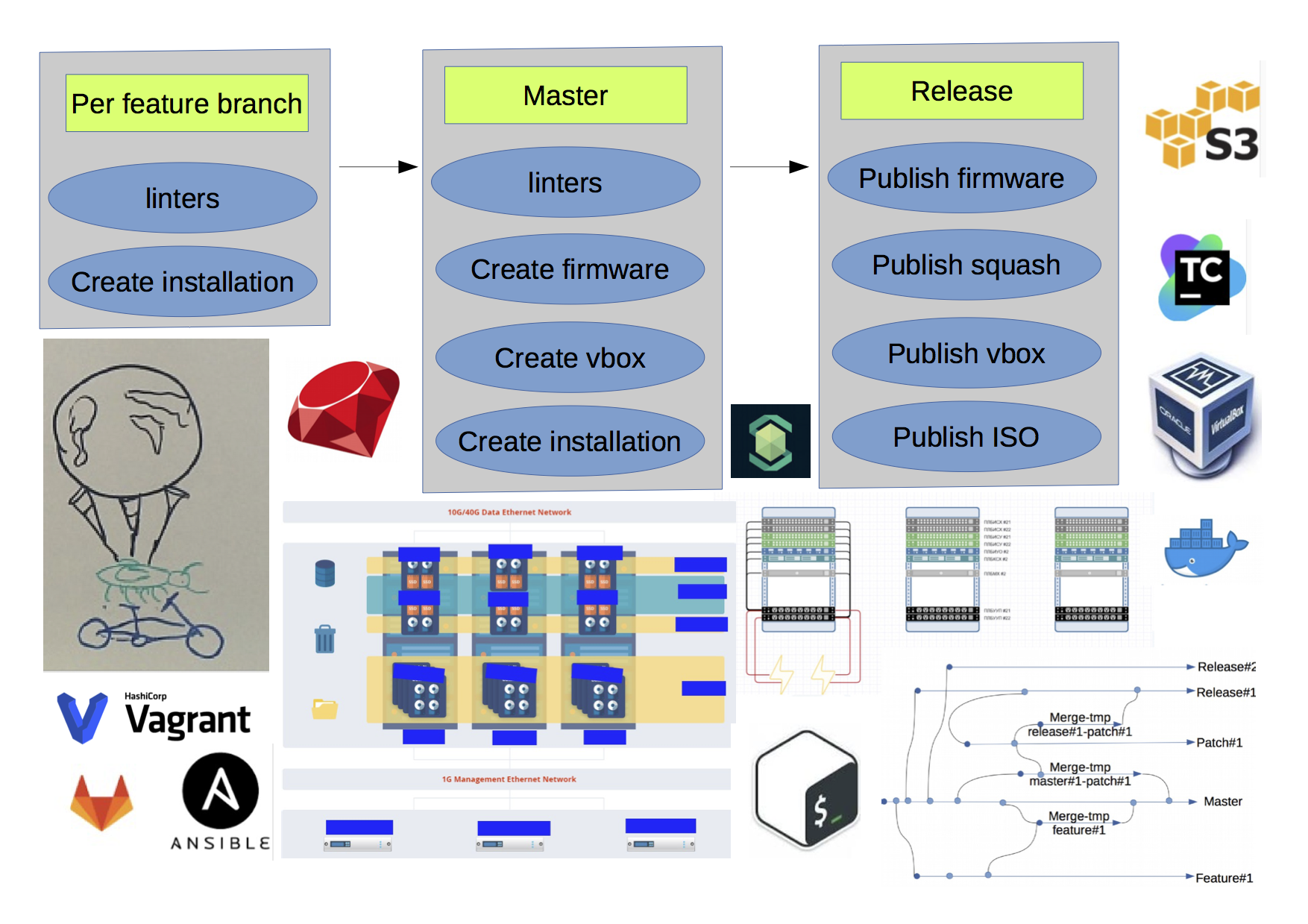

 Today is an important day — after 28 releases of the sixth version we present our PVS-Studio 7.00, in which the key innovation is the support of the Java language. However, during 2018 we have acquired many other important changes related to C++, C#, infrastructure and support of coding standards. Therefore, we bring to your attention a note that sums up the major changes that have happened in PVS-Studio for the last time.
Today is an important day — after 28 releases of the sixth version we present our PVS-Studio 7.00, in which the key innovation is the support of the Java language. However, during 2018 we have acquired many other important changes related to C++, C#, infrastructure and support of coding standards. Therefore, we bring to your attention a note that sums up the major changes that have happened in PVS-Studio for the last time. So, what is the difference? How to be prepared for this interview? Let’s be non-abstract, and use an example. To be more non-abstract, let’s take something from the material world, such that you won’t be asked the exact same thing at the real interview (at least, not at the Google interview) :)
So, what is the difference? How to be prepared for this interview? Let’s be non-abstract, and use an example. To be more non-abstract, let’s take something from the material world, such that you won’t be asked the exact same thing at the real interview (at least, not at the Google interview) :)








